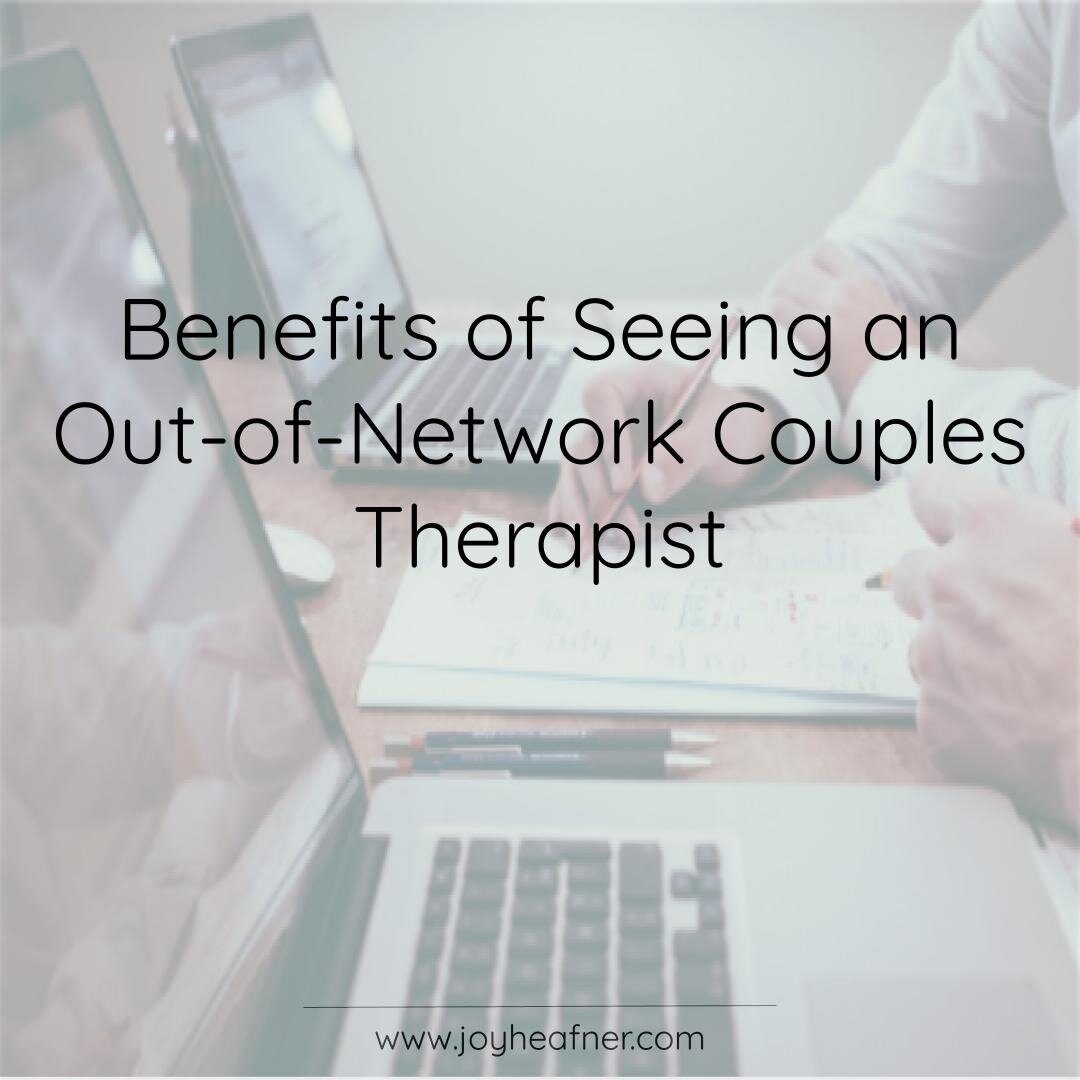The Buzz on Aim Point Counseling
The Buzz on Aim Point Counseling
Blog Article
10 Simple Techniques For Aim Point Counseling
Table of ContentsGet This Report on Aim Point Counseling4 Simple Techniques For Aim Point CounselingAn Unbiased View of Aim Point CounselingThe Definitive Guide to Aim Point CounselingAim Point Counseling Things To Know Before You BuyExcitement About Aim Point Counseling
The longitudinal layout involves a pre-treatment survey and 2 follow-up surveys at 3- and 12-months post-intervention. The research study is embeded in 8 Relationships Australia Victoria centres, throughout urban, outer residential areas, and regional/rural websites. Relationships Australia, a non-government organisation, is the largest supplier of couple counselling and partnership services in Australia.
In Australia, the typical length of marital relationship prior to splitting up is 8.8 years, and roughly fifty percent of all divorces involve pairs with youngsters [1] These high prices of connection breakdown have been consistently connected with negative wellness repercussions for both adults and youngsters complying with divorce/separation. These consist of isolation from support networks, and reduced earnings and requirement of living for both grownups and kids [3], dilemmas of loyalty over youngsters for males, and clinical depression and loss of identity for ladies [4,5]
The 7-Second Trick For Aim Point Counseling
Longitudinal research studies additionally recommend that children of separation have a greater incidence of mental conditions, alcohol and drug usage, and high-risk sexual behaviour [7] The effects of divorce and separation can be damaging, study shows that high partnership discord in intact pairs is also most likely to have unfavorable results.
Research study to date has actually identified both couple and private factors that may contribute to relationship discord. These include relationship complete satisfaction and dedication at the couple level, and depression at the individual degree.
The 8-Minute Rule for Aim Point Counseling
While many research studies indicate renovations in partnership fulfillment following couple counselling, they are limited by the samples and steps made use of, largely temporary follow-up time frameworks, and evaluations that do not account for the dyadic nature of pair data., is one more typically examined connection result.
To sum up, research study indicates that couple-specific variables in addition to private aspects may forecast the results of pair coaching and connection solutions. The causal instructions of these connections, however, is less clear. These observations are essential, because, to validate and lead the application of connection services such as couple coaching, empirical evidence has to explore both the results of partnership solutions and the factors that forecast effective treatment.
There is an expanding consensus that efficacy researches ought to be complemented by performance study to best notify professional method [ 29] The minimal efficiency research that exists to date recommends that couple coaching can enhance outcomes such as partnership contentment [33,43], interaction skills and general wellness [44], a minimum of in some European countries.

We currently recognize little about the profiles of couples who look for out relationship education and learning compared with those that look for partnership coaching, or the end results of these programs. Unscientific evidence recommends that there might be significant distress amongst at the very least some pairs seeking connection education and learning.
Some Known Facts About Aim Point Counseling.
Comments includes participants completing surveys regarding their relationship (e.g. actions of social issues), and getting information on what their scores suggest. Cognitive-behavioural approaches advertise altering cognitions to facilitate favorable partnerships.
These effects have lingered for approximately 4 years in some research studies [47] These meta-analyses highlight limitations in the existing literature on relationship education and learning. Specifically, most of studies entailed couples from upper socio-economic histories that were not experiencing high relationship disharmony [47,48] This example profile may not represent clients who typically offer for relationship education.
Top Guidelines Of Aim Point Counseling

Extremely little research has analyzed the comparative advantages of couple coaching and relationship education and learning programs. As clients are likely to self-select into these solution types, it is not clear whether characteristic connection distress profiles present to every service type, or undoubtedly whether there is a communication between presenting account, service kind and outcome.
(https://giphy.com/channel/a1mpoint)
Therefore, we have included a 12-month follow-up to gauge longer-term fads and effects.
We propose to use multi-level analytical modelling procedures that regulate for the inter-dependence of couple data to analyze any kind of treatment impacts. The certain aims of the ECC study are to: 1. Map profiles of clients seeking area agency-based pair counselling vs. relationship improvement programs in terms of socio-demographic and connection signs (such as relationship complete satisfaction, partnership dedication, interpersonal issues, and factors for participating in), in addition to health and wellness (such as anxiety, basic health and wellbeing) and wellness solution usage (eg.
2. Determine whether couple coaching and connection education services enhance three- and twelve-month end results for connection fulfillment, dedication, and anxiety, utilizing statistical analyses proper to couple information. 3. Determine the family member contributions of client variables (private and pair) and therapy/education elements to end results at 3- and 12-months, and to sustainability of results in time.
A Biased View of Aim Point Counseling
Multi-level modelling to figure out pre-post differences, controlling for dyadic (couple) degree. To add to the literature evaluating the performance go now of community-based couple coaching. The results will aid professional decision-making in community-based relationship solution settings, and professional training. 3. To determine the loved one contributions of client/couple and treatment elements to outcomes at 3- and 12-months, and to sustainability of outcomes gradually.
Report this page